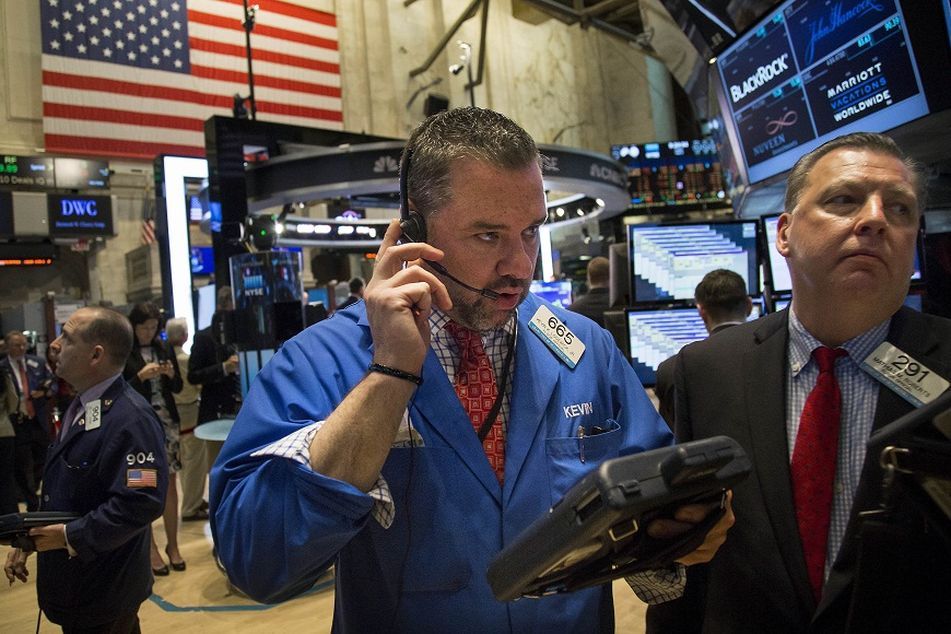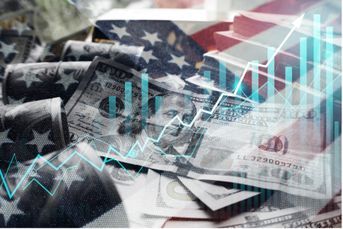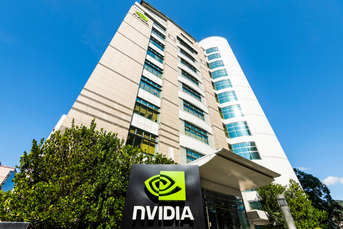Investors pulling money from stocks … at the wrong time

After its third-straight weekly advance, the S&P 500 is on track for its best month in four years but investors are heading for the exits in a big way.
Stock investors picked the wrong month to turn against the market.
Halfway through October, U.S. equities are on track for the best performance in four years, as the S&P 500 Index capped a third weekly advance. The gauge is rebounding from only its third correction in the 6 1/2 year bull market on speculation that central-bank stimulus will continue to underpin equity gains as economic growth strengthens.
Judging by flows for the biggest exchange-traded fund tracking the S&P 500, retail investors are stepping away from a rally that’s added $1.2 trillion to U.S. equities since Sept. 30. The SPDR S&P 500 ETF has seen $1.5 billion withdrawn through Oct. 15, leaving it on pace for the first monthly outflow since June.
https://s32566.pcdn.co/wp-content/uploads/assets/graphics src=”/wp-content/uploads2015/10/CI1020281017.PNG”
“This has been one of the most reluctant bull markets in history,” said Andrew Burkly, head of institutional portfolio strategy at Oppenheimer & Co. in New York. “We’ve been going through these violent corrections that are so sharp and short and painful. That continues to keep retail investors away. It takes a long time to regain that confidence.”
(More: Will the ghost of Black Monday return?)
The S&P 500 climbed 0.9% in the five days, extending its rally in October to 5.9%. The gauge’s last advance of more than 5% for October was in 2011 — when it was rebounding from the bull market’s second correction. The Dow Jones Industrial Average rose 0.8% to 17,215.97 in the week, its highest level since Aug. 19.
The Chicago Board Options Exchange Volatility Index fell 12% to 15.05, its lowest since Aug. 18. The measure of market turbulence known as the VIX is down 39% this month.
History hasn’t been particularly kind to stocks in October. The S&P 500 has averaged a return of 0.5% for the month in data going back to 1927. Only three months have a worse performance. October also gets a bad rap because the month is linked to infamous one-day swoons such as the stock crashes of 1929 and 1987.
Investors have pulled back from the market after being battered by the biggest quarterly rout in four years. The S&P 500 dropped more than 10% during four days in August amid concern over sputtering global growth as the Federal Reserve prepared to raise interest rates for the first time in almost a decade. Stocks fell 2.6% in September after a nascent recovery collapsed. The two-month selloff prompted 12 of the 21 strategists surveyed by Bloomberg to cut their year-end forecasts for the S&P 500.
https://s32566.pcdn.co/wp-content/uploads/assets/graphics src=”/wp-content/uploads2015/10/CI1020281017.PNG”
Global equities are again on the upswing, adding more than $4.1 trillion in value so far this month, as a run of weaker-than-estimated economic reports from Asia to Europe boosted speculation central banks will maintain stimulus measures. Data in the U.S. have been mixed, with manufacturing readings continuing to disappoint while reports on the labor market and consumer confidence indicate signs of resilience.
“This batch of data is likely to keep the Fed on hold into 2016,” said Alan Gayle, a senior strategist for Atlanta-based RidgeWorth Investments, which oversees $40 billion. “We’ve seen a general strengthening on the consumer side but businesses still are being very cautious and defensive.”
The disappointing reports have pushed out expectations for an interest-rate boost. Traders don’t see better-than-even odds of borrowing costs rising until March. The probability of an increase this year is 34%, down from 39% a week ago.
Investors looking for guidance from corporate earnings have been given a mixed bag from the 35 companies in the S&P 500 that announced during the week. JPMorgan Chase & Co. posted disappointing results Wednesday and cautioned that trading this quarter is off to a tepid start. Financial markets were jolted later that day after Wal-Mart Stores Inc. predicted a drop in annual profit, sending its stock plunging the most in 27 years.
Banks lifted the equity market the following day amid better-than-estimated results from Citigroup Inc. On Friday, General Electric Co. jumped to a seven-year high as results were buoyed by gains in the aviation and transportation units.
Next week will give investors more to contemplate, with more than 100 companies in the benchmark index scheduled to report, including Morgan Stanley, Procter & Gamble Co., Amazon.com Inc., Microsoft Corp. and Caterpillar Inc. Analysts forecast S&P 500 earnings fell 6.7% in the quarter, while revenue dropped 3.8%.
“I’d give the earnings season so far a C+,” said Mr. Gayle. “Most companies are beating significantly lower expectations, which is good, but revenue growth remains a challenge in a tepid global economic environment and earnings reports by and large reflect that.”
Learn more about reprints and licensing for this article.








